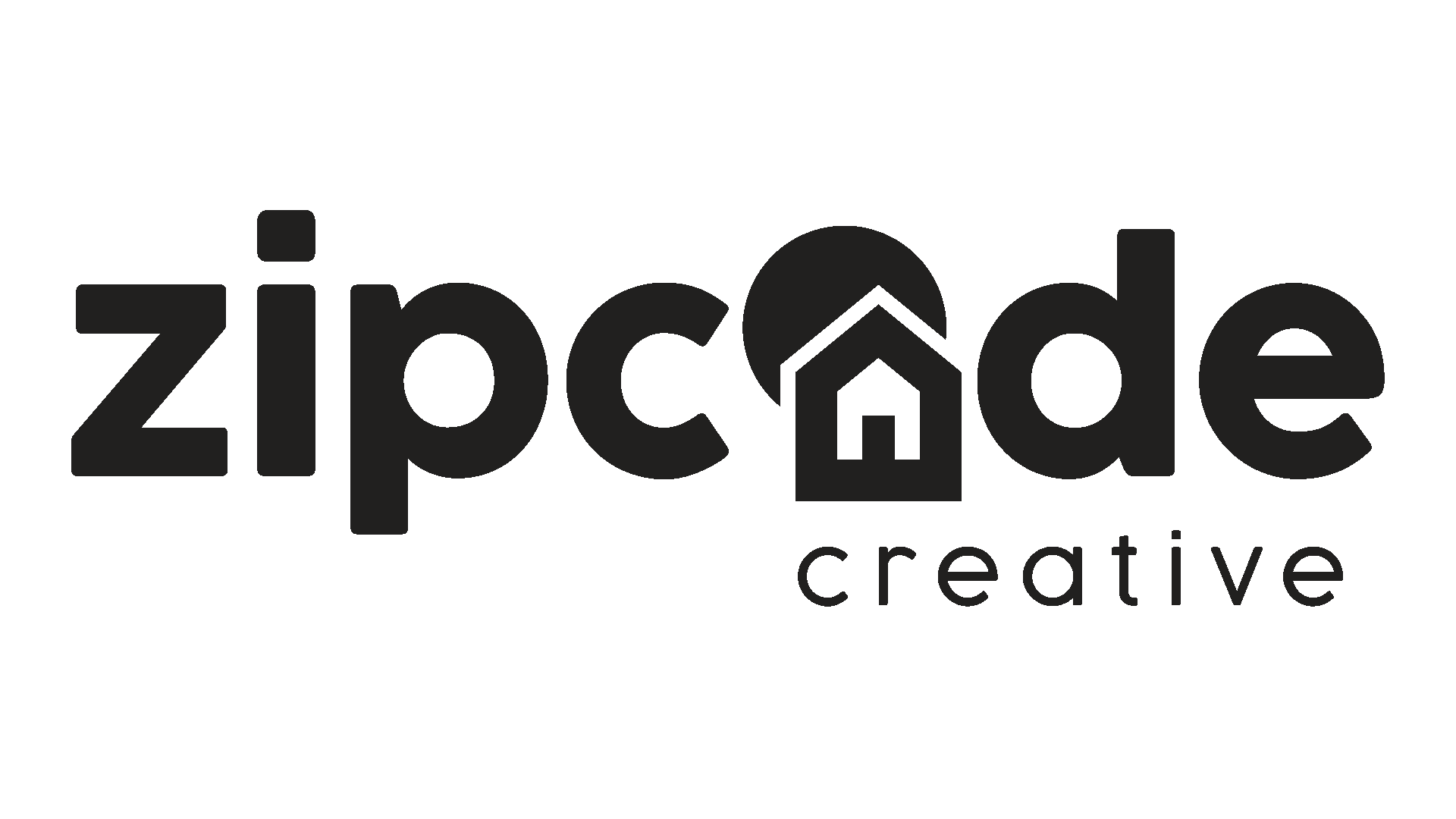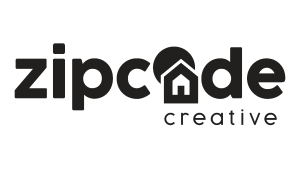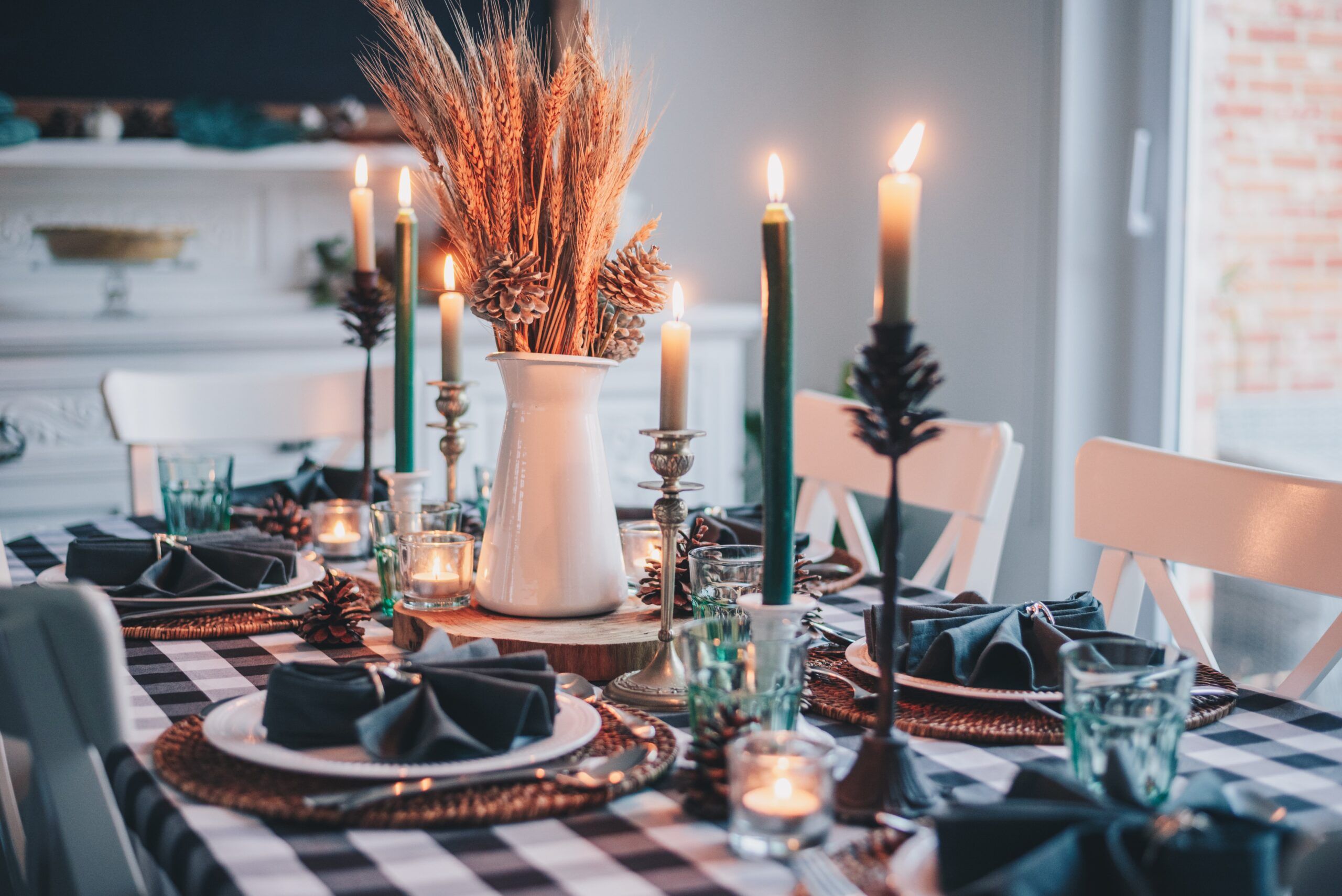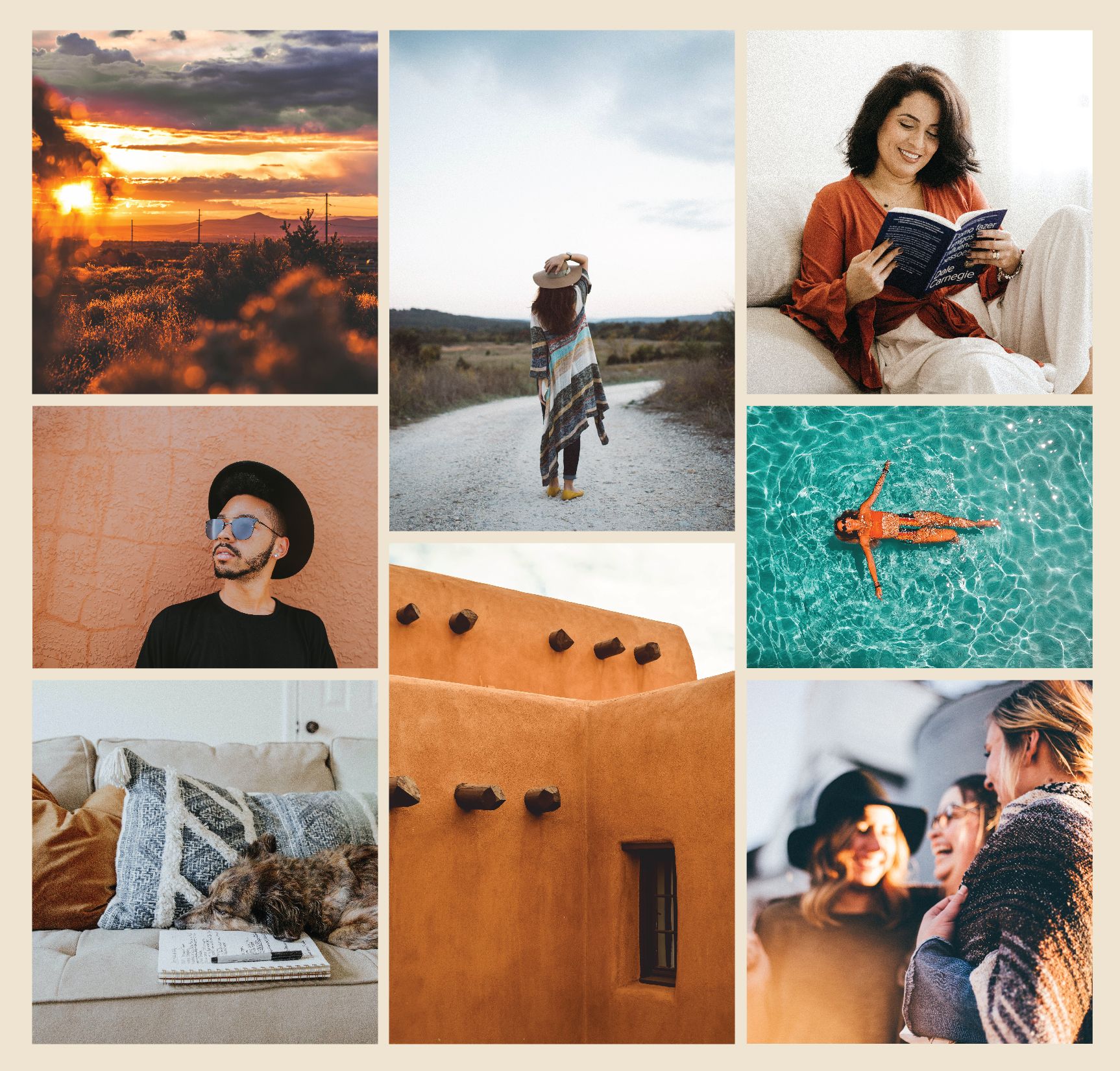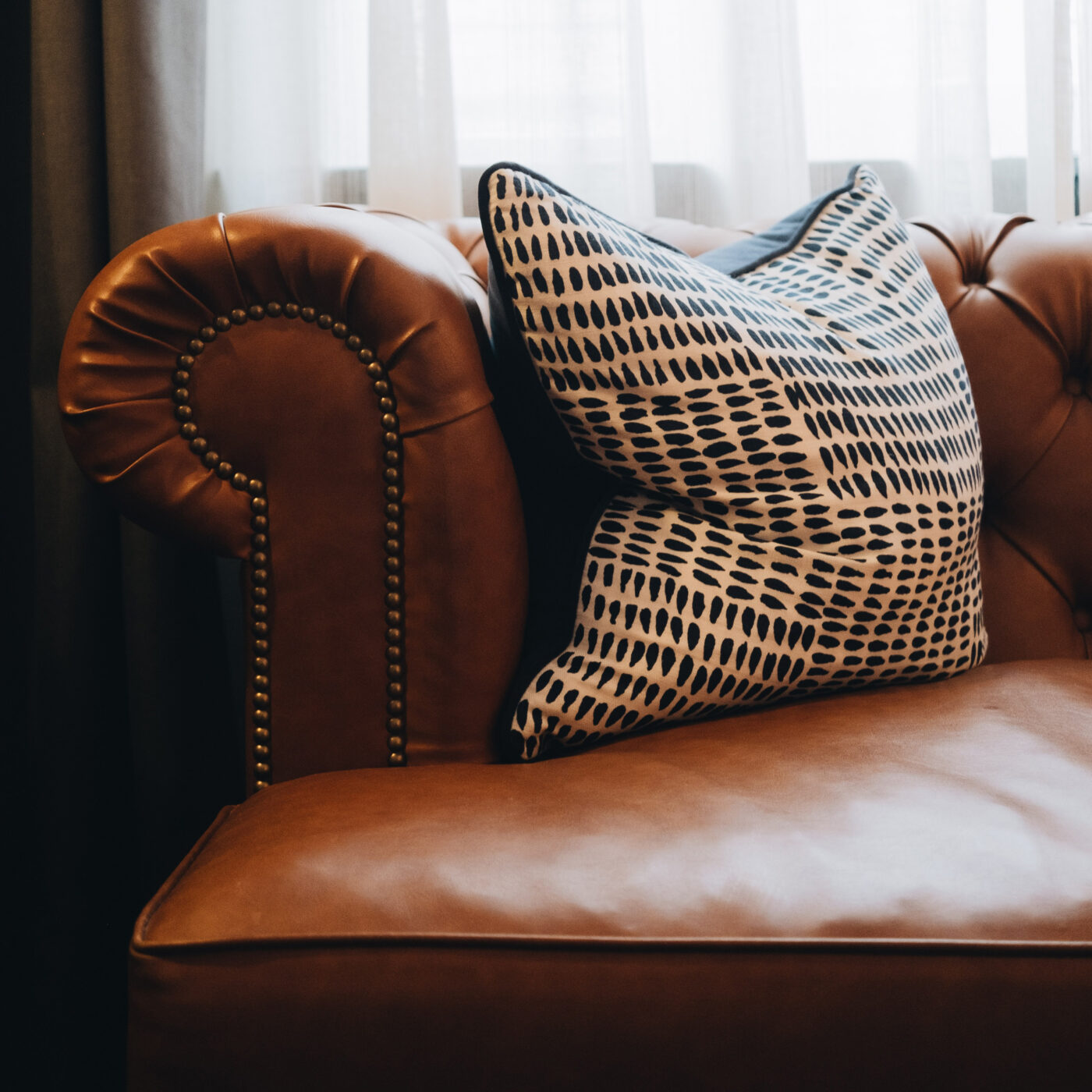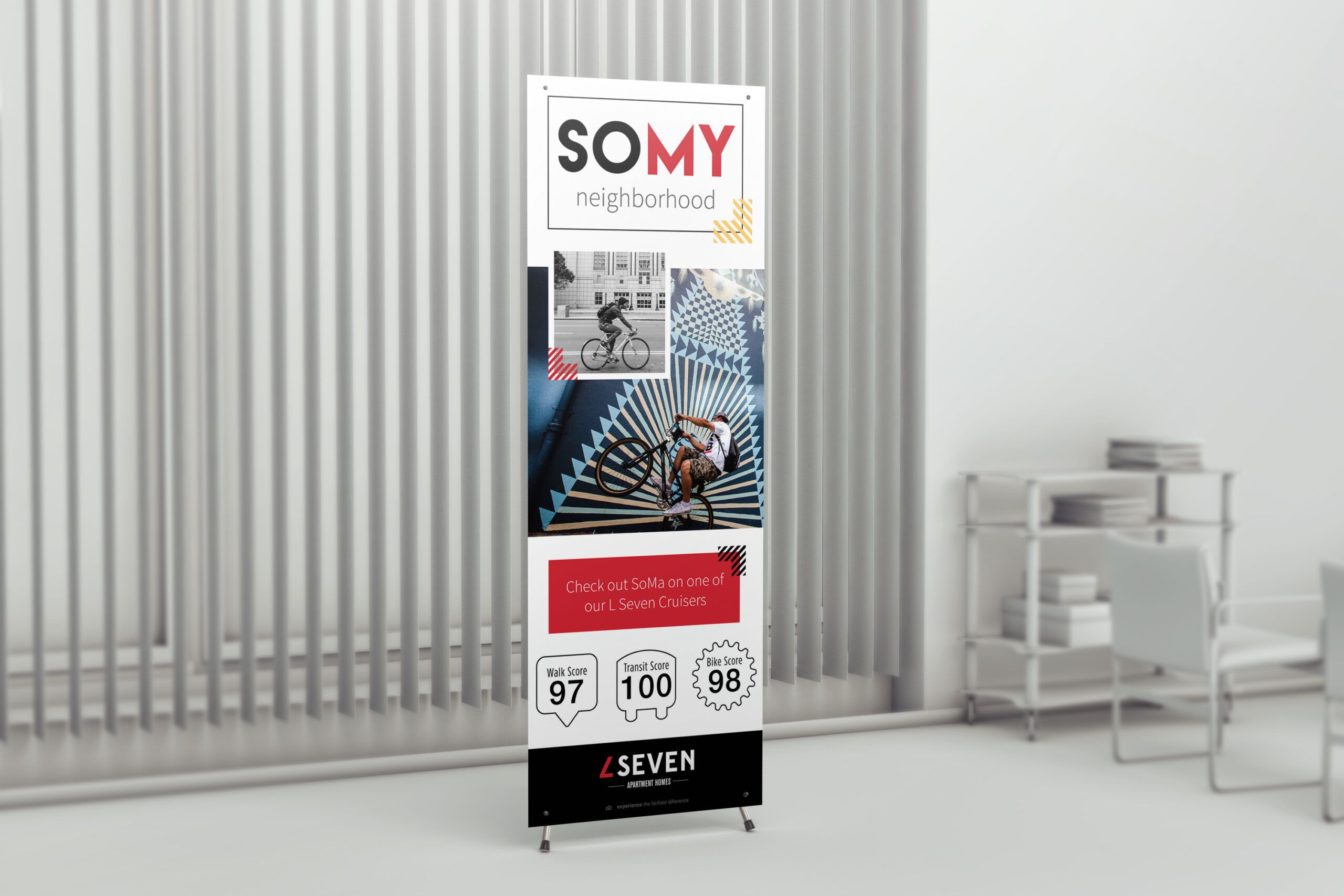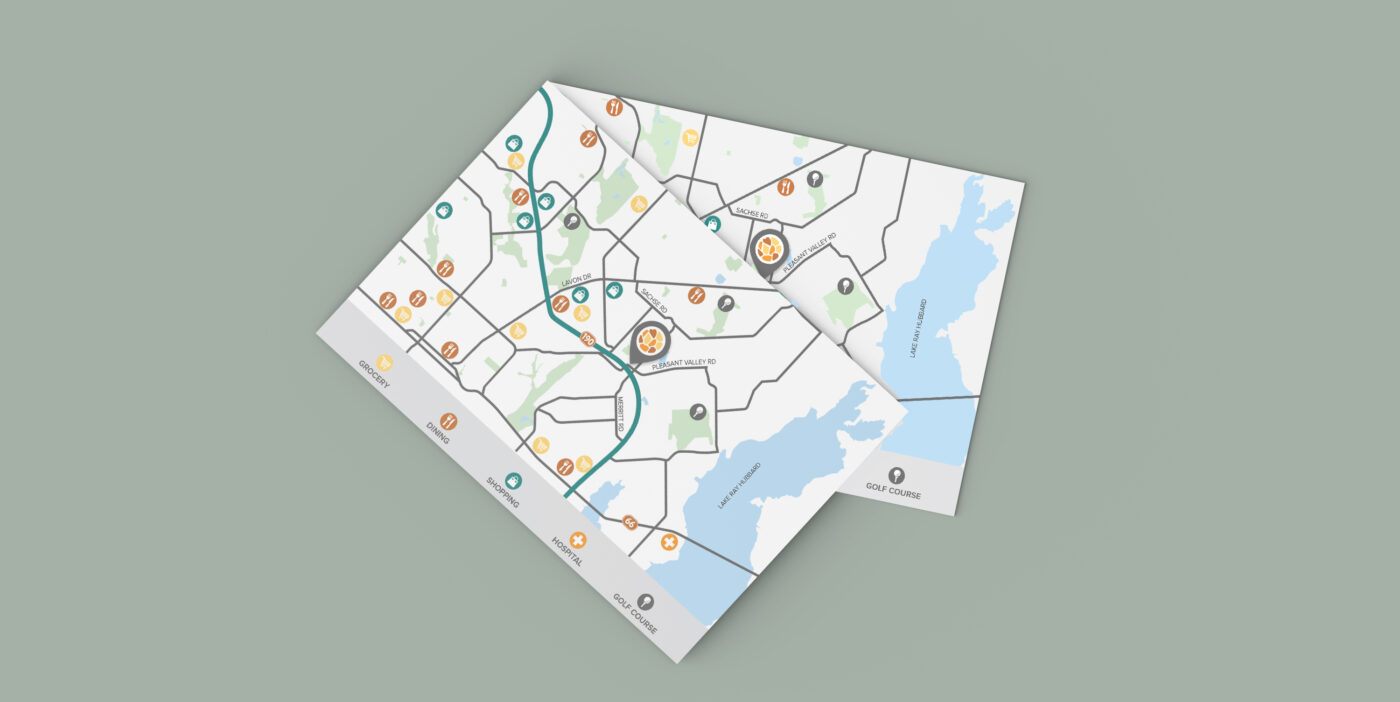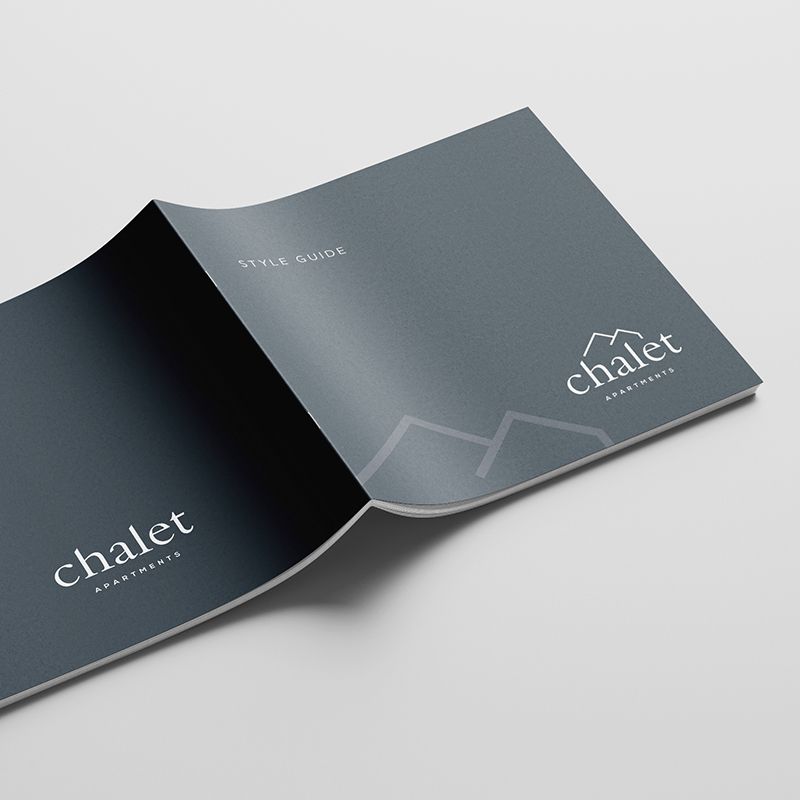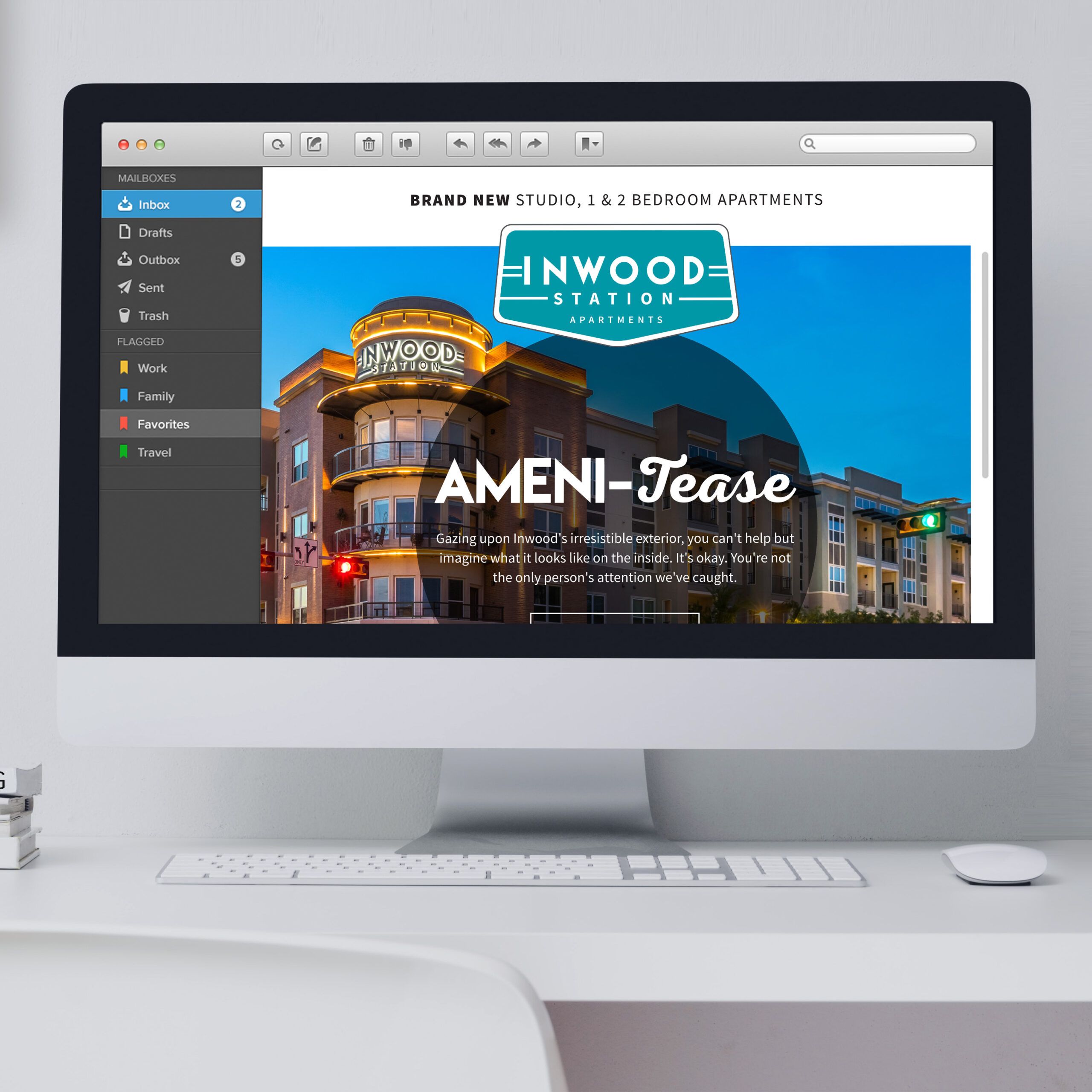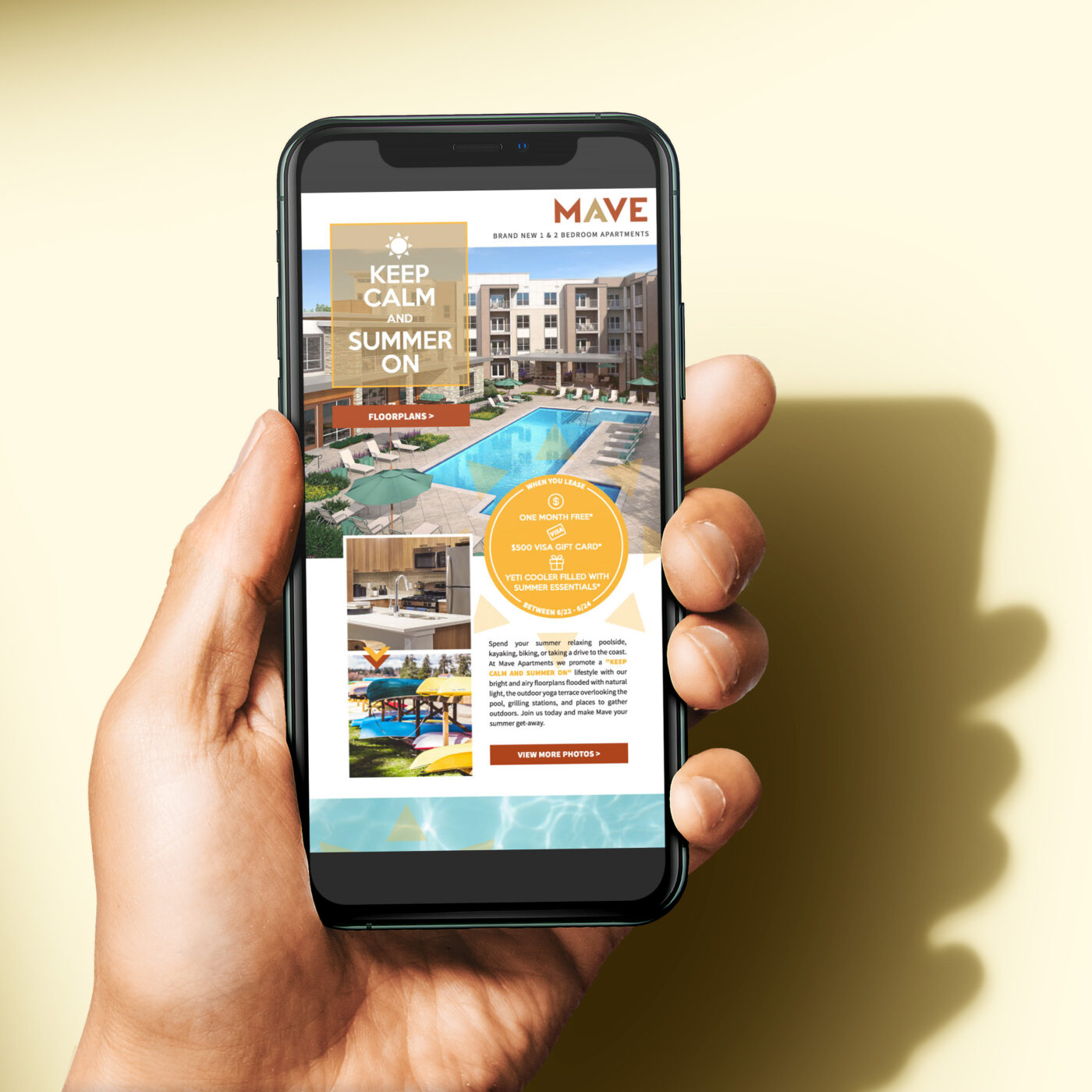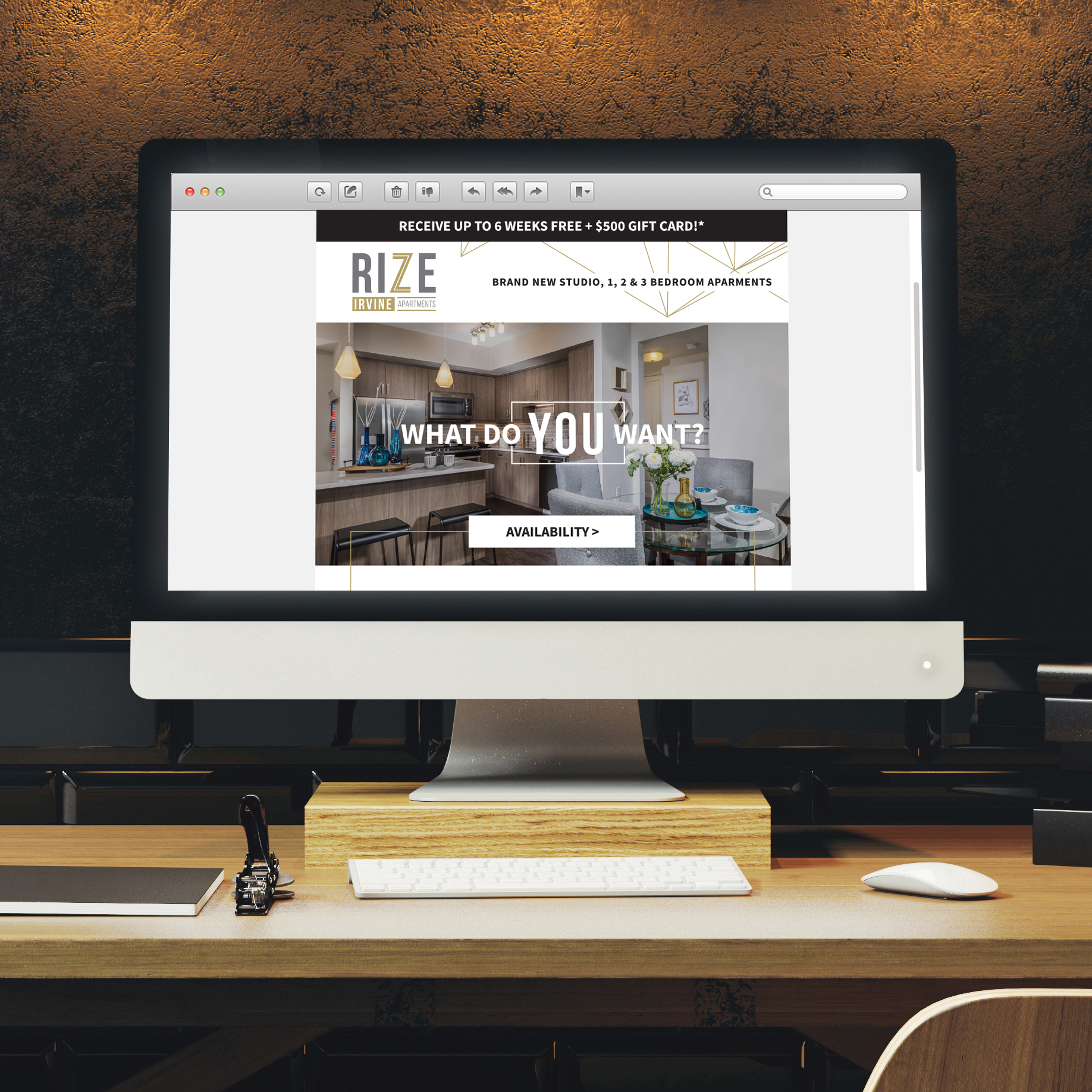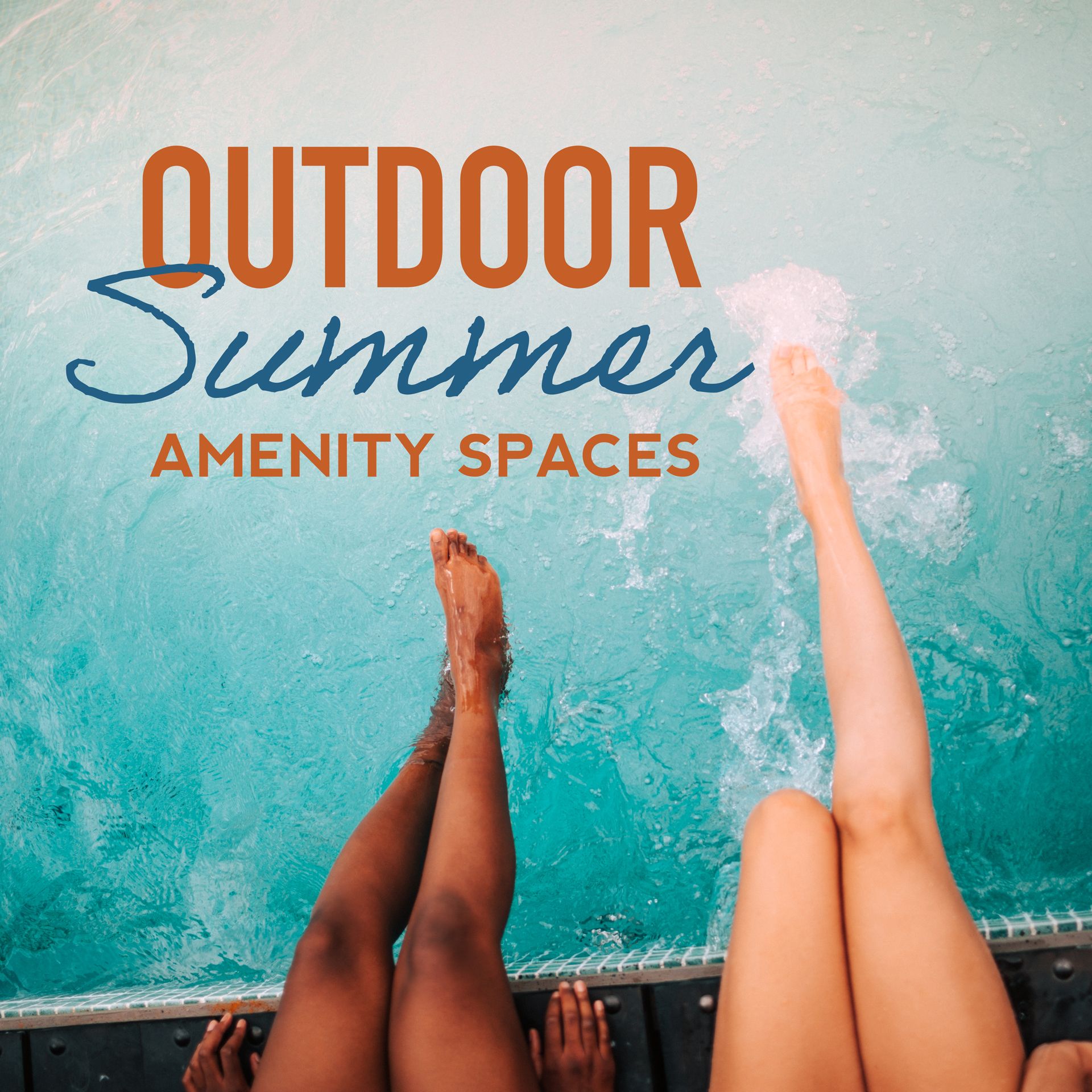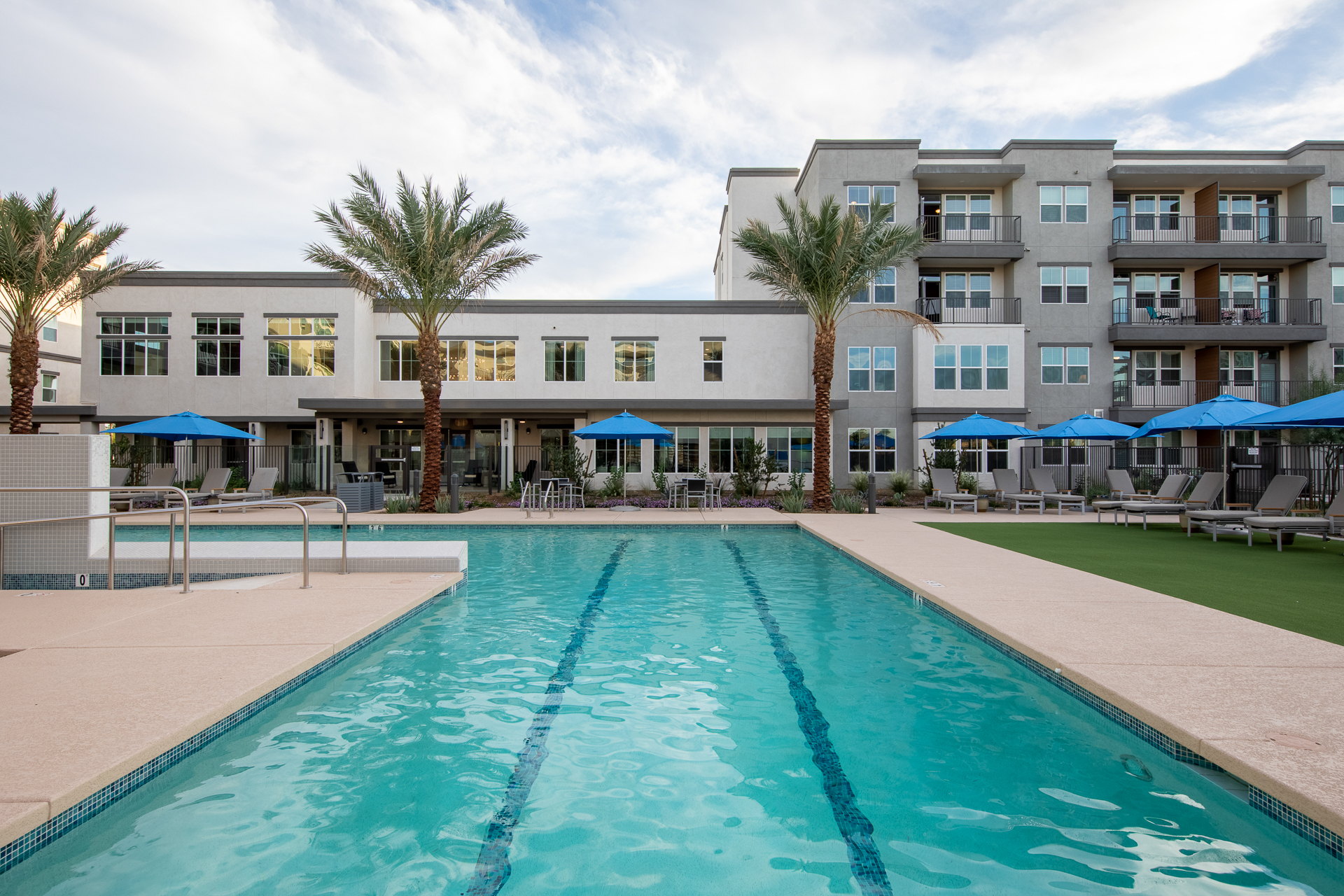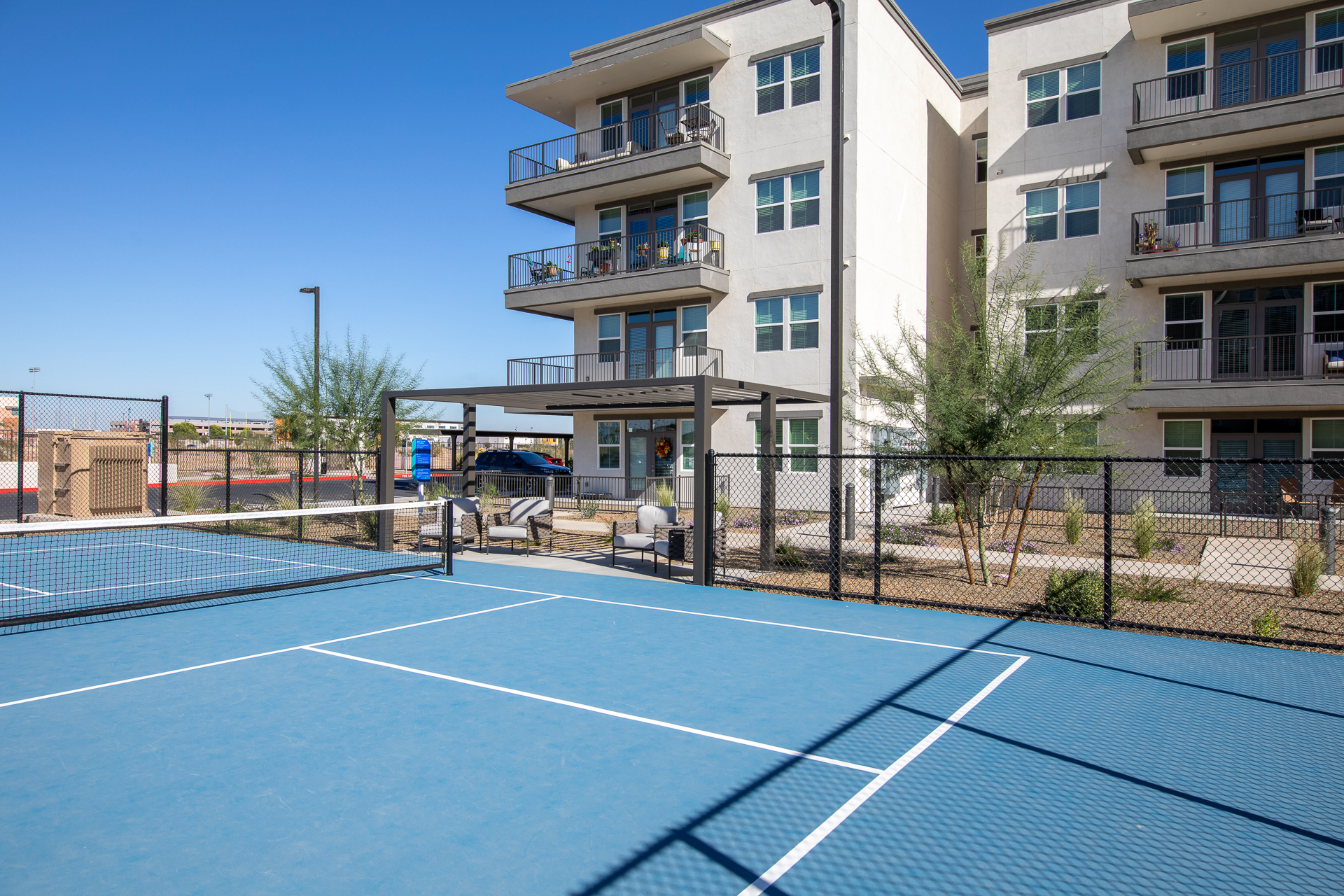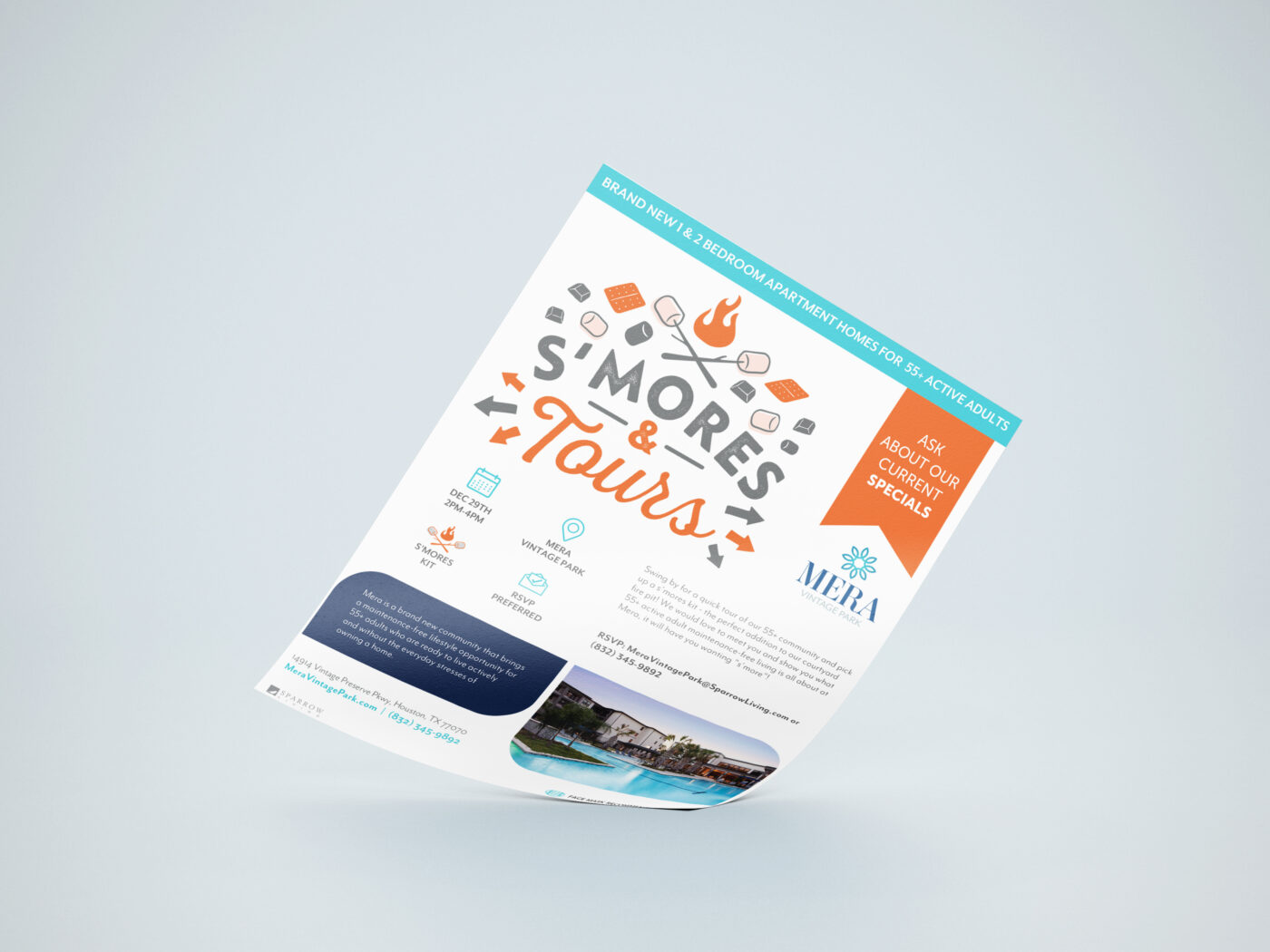Apartment Staging for Fall Marketing
Fall is the perfect time to think through your apartment staging strategy. As the days get shorter and the smell of autumn lingers in the air, you’ll need to prepare your model suite for the other changes the season brings: adults moving into active adult housing, empty nesters downsizing, and college graduates finally landing a new job, looking for the perfect apartment.
There are countless advantages to staging a model apartment for your prospective residents. For one, it’s plain and simple (good) marketing—selling what life could look like for those considering living in your community. If you’re going through the process of apartment staging for fall, be sure to follow our tips. If you’re not, consider this small fact: an unstaged home often has visitors tour for 5 minutes. But a staged home, on average, has a visitor/prospective resident or buyer in the house for 40 minutes. Every one of those 35 minutes counts a little more towards getting your lease signed.
Apartment Staging for Fall, Helps Marketing
SHOW VALUE
Having a higher cost of rent when the home is staged doesn’t feel as exorbitant, when they see the way the apartment is laid out. It’s a helpful sales tip that works. The pricing then can reflect the effort you’re putting in. When you show off what you can do with one model unit, your future resident may assume that this level of effort may extend across all of your community (showing that you care about more than rent coming in on time).
FOCUS ON THE GOOD
According to apartmenttherapy.com, elevating the exact characteristics the prospective buyer (or in this case, renter) will fall in love with, can help in a number of ways. Just as staging can help homes sell faster, staging apartments helps them lease up faster. When your prospective residents can picture the place being home, they’ll want to move quickly to secure it. When you put in the effort and show the value, your prospects will be attracted to the little touches of luxury and home you’ve added in.
Apartment Staging for Fall, Best Practices
DISTRACT (A LITTLE)
Without anything in the room to look at, visitors have trouble visualizing exactly how the room should be laid out, or if the space is big enough for their favorite chair and side table. Instead of checking out the room and details, they’ll likely be looking everywhere you don’t want them to—including out the window. Keep their attention in the space and disguise any imperfections or areas that are less desirable with something beautiful, soft, or handy. Help it feel a little closer to home with some added touches of the autumn season:
- Decorative gourds and pumpkins (real ones can last a few months if kept whole!)
- Twig wreath
- Light rain or leaf or moss-scented candle (nothing too heavily fragrant; avoid pumpkin scents—not everyone likes super sweet smells)
- A stack of leather-bound books
- A cozy throw pillow and/or blanket over the sofa, chair, or bed
- Floor and table lamps, to give levels of light
THIS COULD BE YOU
When you put in all of the furniture and details, make it a little bit aspirational—have prospective residents saying, “Ooh, we could sit in this corner and read when it rains, and have a mug of tea on this table.” When you show use of the space, inspire your visitors to do the things they would love to do (and be the people they want to be) with interesting, beautiful art, sculptures, fresh flowers, and even some live plants, if possible!
KEEP IT SIMPLE
When decorating, don’t lean too heavily into a super strong style. Keep it a little generic, so that any visitor can imagine themselves living there. Keep it inviting. Keep it uncluttered. Keep it clean. Avoid anything that could invoke strong reactions.
GET OBVIOUS
Do you have beautiful new energy smart or app-controlled appliances? Place little call-out signs near them to show them off and give a little fact about them. Make sure to have your apartment colors and logo on it—it will look more official that way. (Contact us if you need a little branded sign or a booklet brochure. We have your back!)
LIGHT IT UP
Shed a little light on the best spaces in the model unit. Use mirrors to your advantage, helping the room look bigger and more well-lit (especially as the days get shorter towards winter). Place light-colored and/or sheer curtains around the windows, placed higher above the frame; the light curtains let in more sunshine, and the high placement gives the effect of larger windows.
WORK WITH THE ROOM
Not every community has the same style. Work within the bounds of the architectural style you have. Minimalist? Eclectic? Hacienda? Mod? Be careful to choose furniture that works with your apartment style (and don’t get too funky, even if it’s fun). Overwhelming the resident with style can repel them from seeing themselves in the space—the exact opposite of what you want.
KEEP AUDIENCE IN MIND
In keeping with the architectural style of your community, you’ll also want to carefully consider the audience you’re trying to reach. If you’re modeling a suite for an active adult community, find comfortable chairs, cozy spaces, places to play card games and drink tea, and maybe, (if you’re pet-friendly) a little staged doggy bed and doggy dishes in a corner. However, if you’re trying to reach a studious resident, be sure to carve out a space that looks perfect for reading and studying. They’ll be able to picture themselves perfectly in the unit.
Apartment Staging for Fall, Additional Benefits
Something not often discussed—there are even more benefits for staging beyond resident tours. You can also use the staged model unit for photo shoots. These photos can be placed on any of your marketing collateral, and if the staging is “lightly” seasonal, you can use some close-ups for your social media posts: instagram, facebook, and the like for any seasonal specials you have, or fun posts you want to do. Be sure to hire a professional photographer for the best shots. They’ll get all the angles you’ll need.
Ready, set, start your staging!
